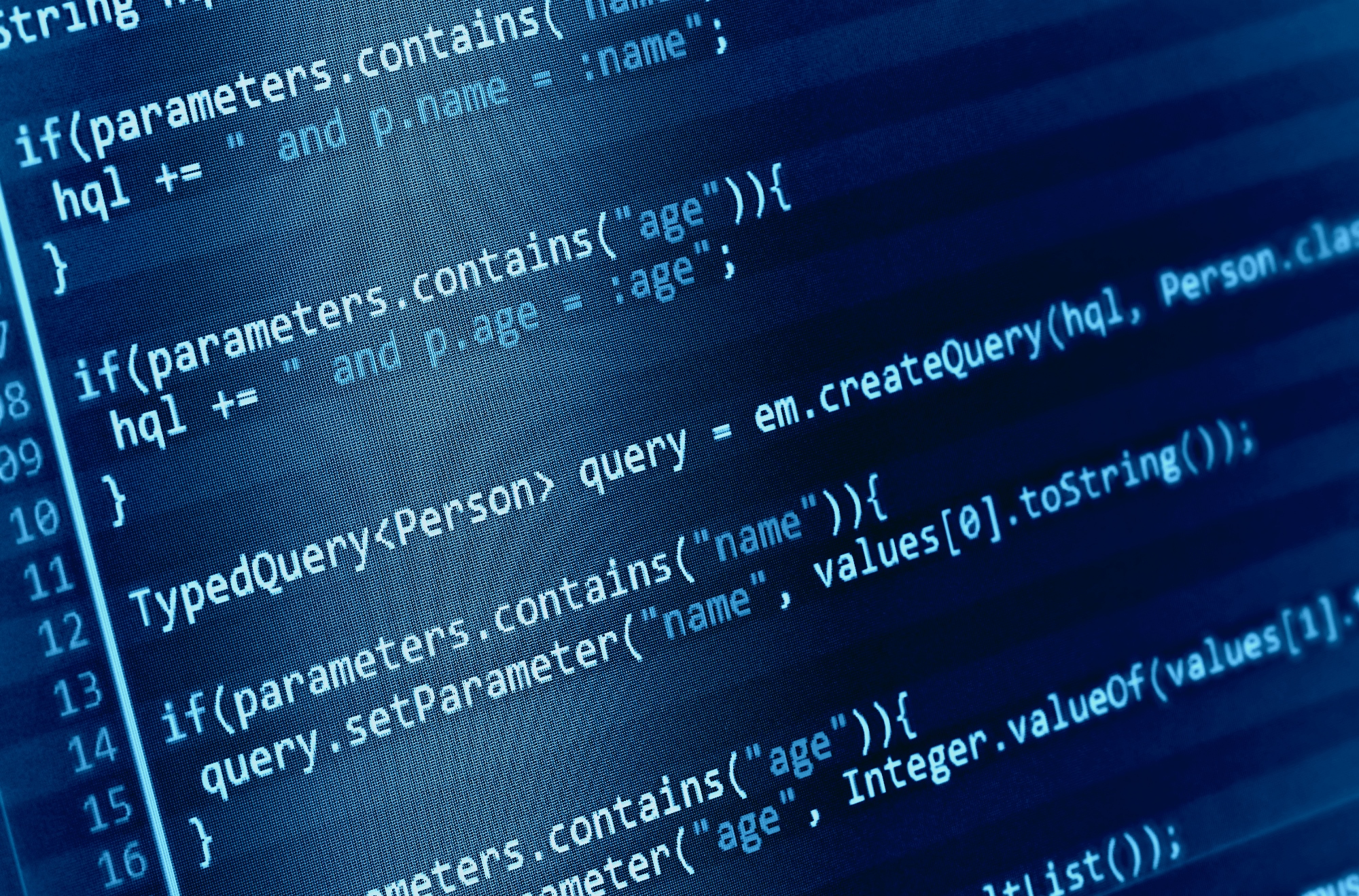General Information
First, let's define what a website looks like from the inside, so to speak. Without going into details, we can say that a website is a collection of files stored on a server (hosting) on the Internet and interacting with each other according to certain scenarios. The result of this interaction is the very pages you browse every day.
So, all these files that make up a website must contain something. That’s right, they are filled with code. In fact, each of those mysterious abbreviations is a language used to write the pages and scripts that form a website.
What is HTML?
HTML (Hypertext Markup Language) is a hypertext markup language . Not entirely clear, right? To put it simply, HTML is the "skeleton" of any web page.
Here’s an example of a piece of a fictional web page:
Why "skeleton"? If you take a closer look, the interpreted code has no styling. No colors, no sizes, no positioning.
So we can conclude that HTML is a set of tags that make up the foundation of any web page. With these tags, we declare headings, paragraphs, links, images, and other elements.
What is CSS?
CSS (Cascading Style Sheets) is the "magic" that makes HTML markup visually appealing. With CSS, we can style any element in the markup however we want.
Let’s look at an example:
It's easy to see that using CSS is an essential and significant part of web development because style sheets allow developers to implement the visual designs created by designers.
CSS code is usually stored in a separate file from the page markup and is linked to all documents that require it. We won’t go into syntax and usage rules here, as it's beyond the scope of this article. But let me note that despite the wide range of possibilities CSS offers, learning its properties is fairly easy.
What is PHP?
PHP (a recursive acronym for PHP: Hypertext Preprocessor) is a widely-used, general-purpose scripting language with open-source code. PHP is specifically designed for web development, and its code can be embedded directly into HTML.
What does this mean for us? Let’s look at an example of PHP usage:
A key feature of PHP is that its output can be standard HTML tags (HTML code). That’s why it’s widely used in web development. Unlike HTML, PHP can communicate with the server, access databases, extract needed data, and display it on a page.
PHP code is enclosed in special opening and closing tags that allow the script to "switch" into and out of "PHP mode" within HTML markup. PHP scripts can also be placed in separate files if the logic is complex or lengthy.
Thanks to programming languages like PHP (including PHP itself), the creation of CMS (Content Management Systems) became possible.
What should we remember for now? PHP scripts are like a "constructor glue" that enables dynamic information display. To create a simple static page, HTML and CSS are enough. But if a page (like a news article) is part of a dynamic website, it is likely generated by a PHP script.
What is JS?
JavaScript is a prototype-based scripting programming language . As usual, this definition doesn’t say much to a non-programmer, so let’s break it down into simpler points.
First, here’s a small example of what you can do with JS:
In simple terms, JS makes HTML markup more interactive . Almost all the interactivity you see on a website—especially on a page like one of our courses —is built using JavaScript.
This programming language is considered one of the easiest to learn , which is why it's so popular among front-end developers, who are not always full-time programmers.
All the "magic" of JS is based on events . Scripts start by detecting an event triggered by the visitor. Once the event happens, the code is executed.
In our example, an event ("on click") was assigned to buttons. So, clicking the button triggers code execution.
This way, we can change any visual properties of any elements in response to any events (and there are many).
In conclusion, JavaScript is an essential tool for creating animations and interactive effects on websites. However, when you start learning JS, it’s important to have a solid understanding of HTML and CSS, since most code will reference their syntax.
I'd like to mention that beginners often confuse JS and PHP. You’ll even see questions on forums like, "Can PHP be replaced with JS, or vice versa?" The answer is no, because they are entirely different languages. PHP is server-side—it communicates with the server. JS is client-side—it runs in the browser.
Summary
We’ve explored what HTML, CSS, PHP, and JS are and looked at examples of their usage and the results they produce.
A good front-end developer must understand each of these languages, although PHP is more commonly used for back-end development.
Knowledge and continuous improvement in each of these languages will help you become a highly sought-after specialist capable of tackling any task.
Our course " Web Layout Designer: Freelancer’s Code " aims to teach each student the basics of HTML, CSS, the fundamentals of JS, and basic PHP , as well as provide the necessary skills and knowledge for further development.
You’ve got this!
